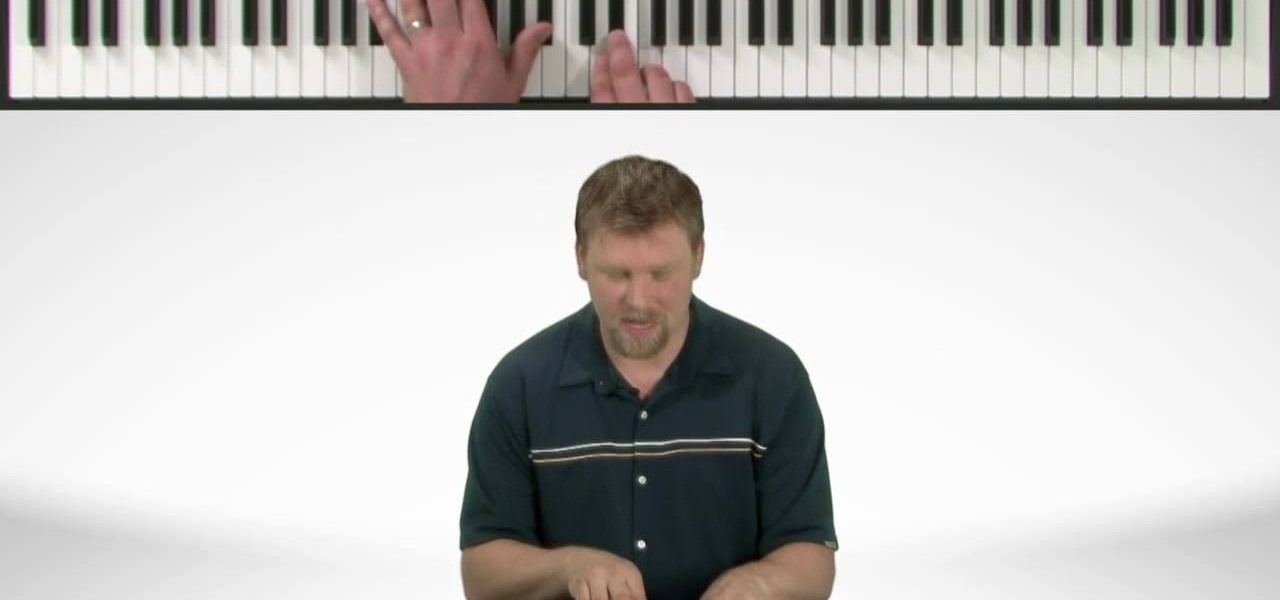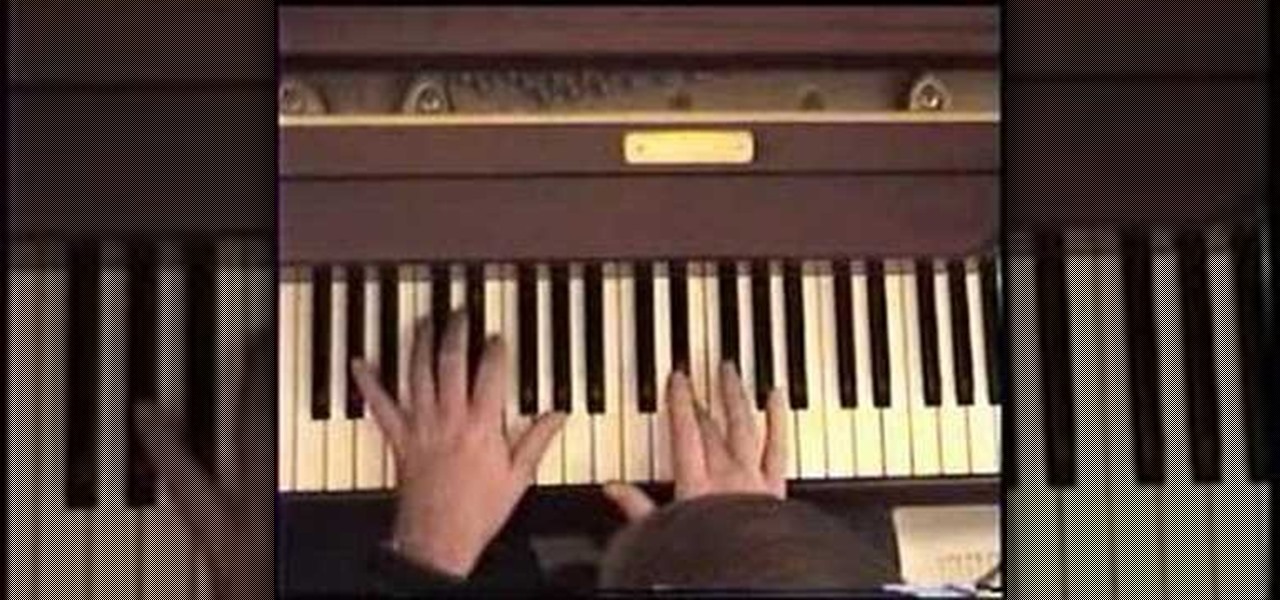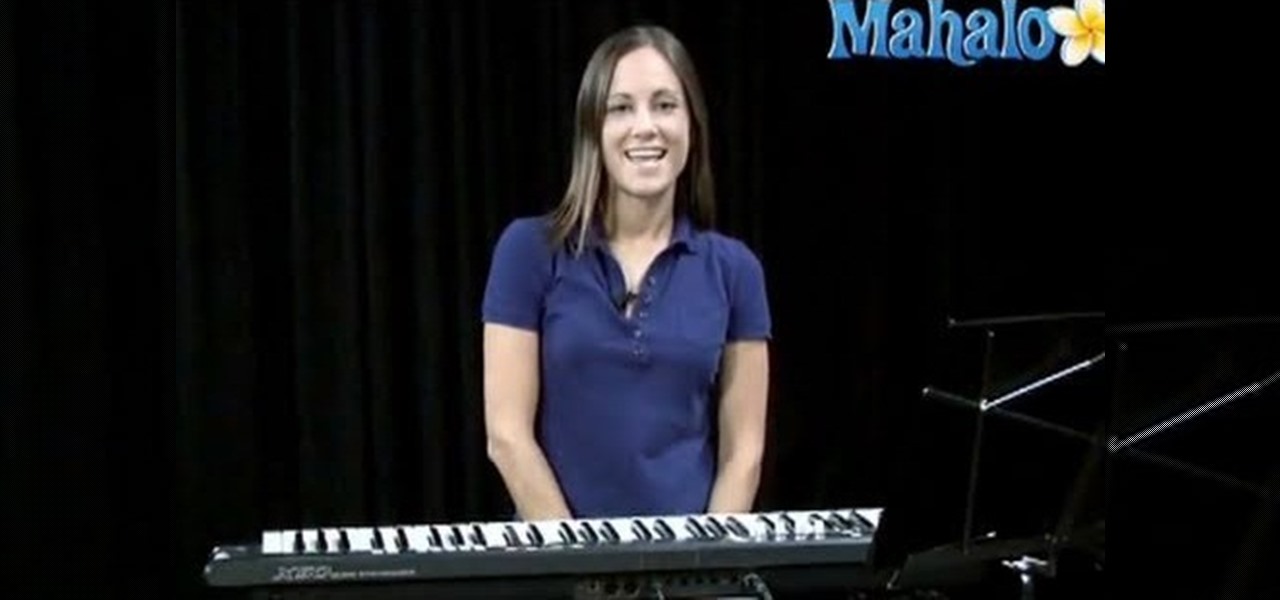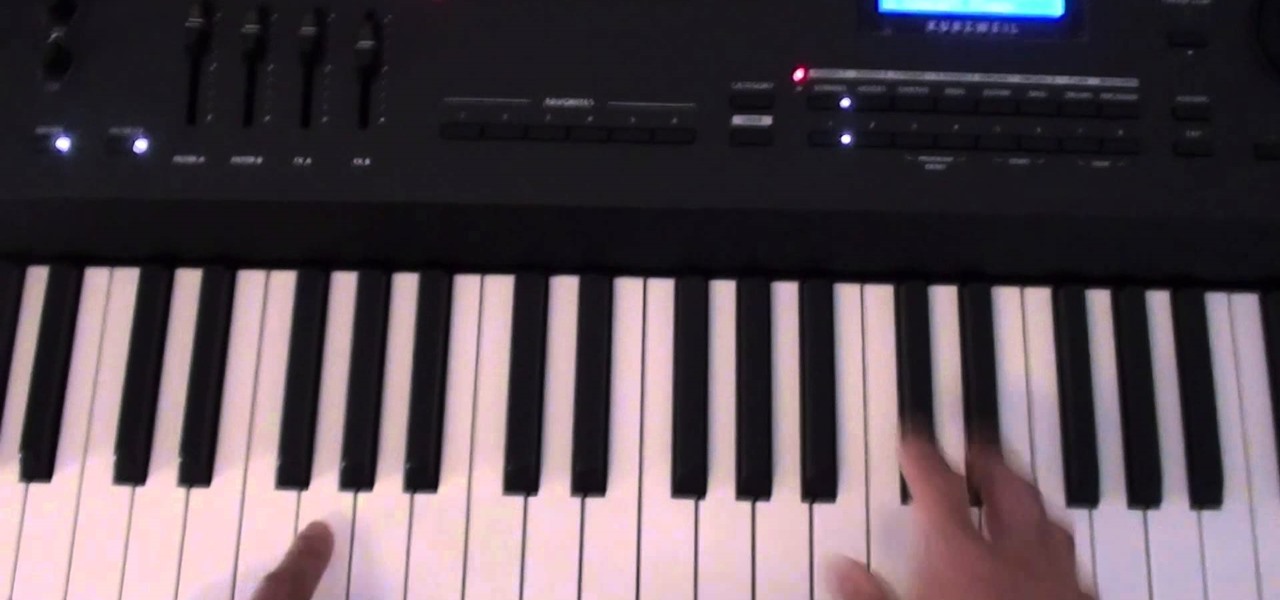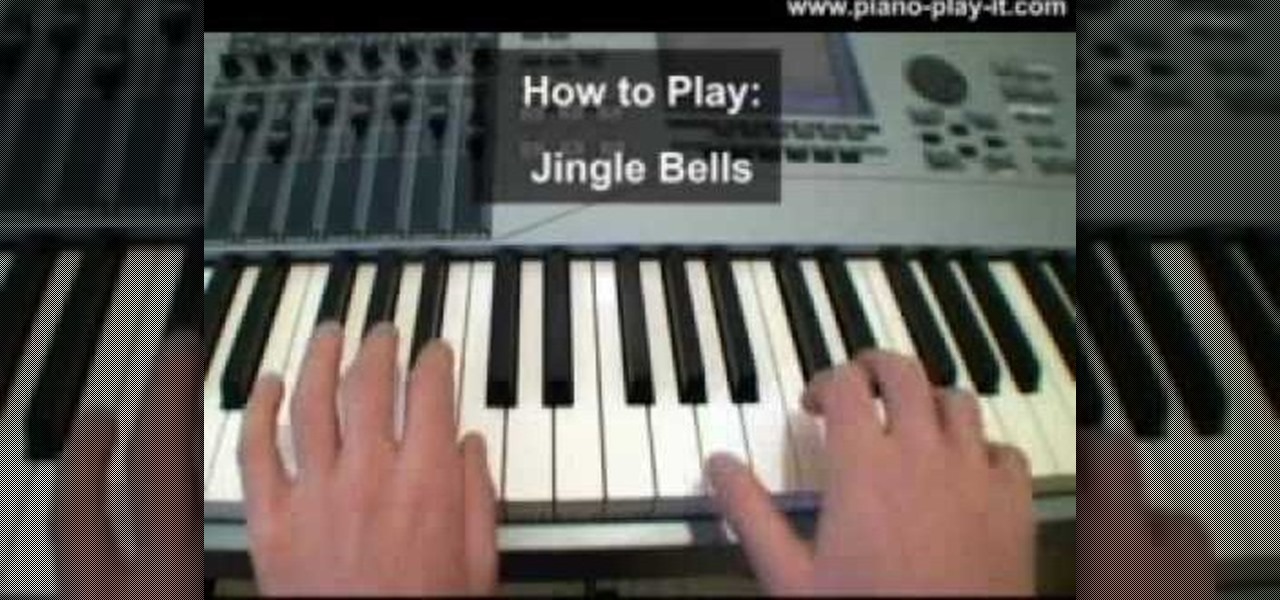Hot Piano & Keyboard How-Tos


How To: Understand music notation when reading sheet music
In this video, we learn how to understand music notation when reading sheet music. To help you read sheet music wherever you are, it's an easy process. You can learn how to read sheet music within just a few minutes and practice. You can be great at reading any type of sheet music so you can play with a band or just by yourself. Music notation is a big part of sheet music, so you must understand this before you can read sheet music by yourself. Once you get this, you will be able to play musi...

How To: Understand the basics of reading sheet music
In this tutorial, we learn how to understand the basics of reading sheet music. What you will first see are the basic clefs. One is for the right hand and one is for the left. In the middle is the middle c and on the far right is the c above the right hand. The notes continue in each direction but they follow an exact pattern. In the beginning, memorize only the middle "C", where it is on the piano. After this, you will learn the upper and lower "C". Continue to practice with reading the musi...
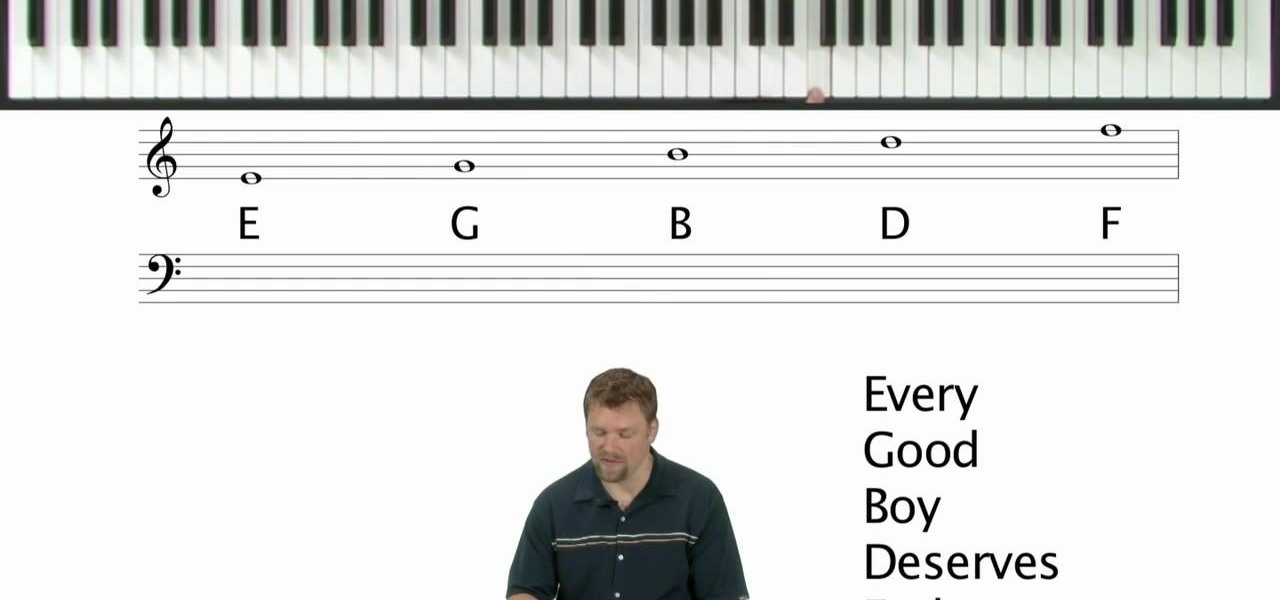
How To: Start reading sheet music for the piano
In this tutorial, we learn how to start reading sheet music for the piano. To be able to read the notes, you need to visualize what you are doing on the piano. A good starting point is the middle C on the keyboard. For a piano, you have horizontal lines in two sets on the sheet of paper. These lines are called "staffs" and the vertical lines are the "bar lines". The sections are called "measures". The top of those staffs is all the notes above the middle c. The bottom is all the notes below m...
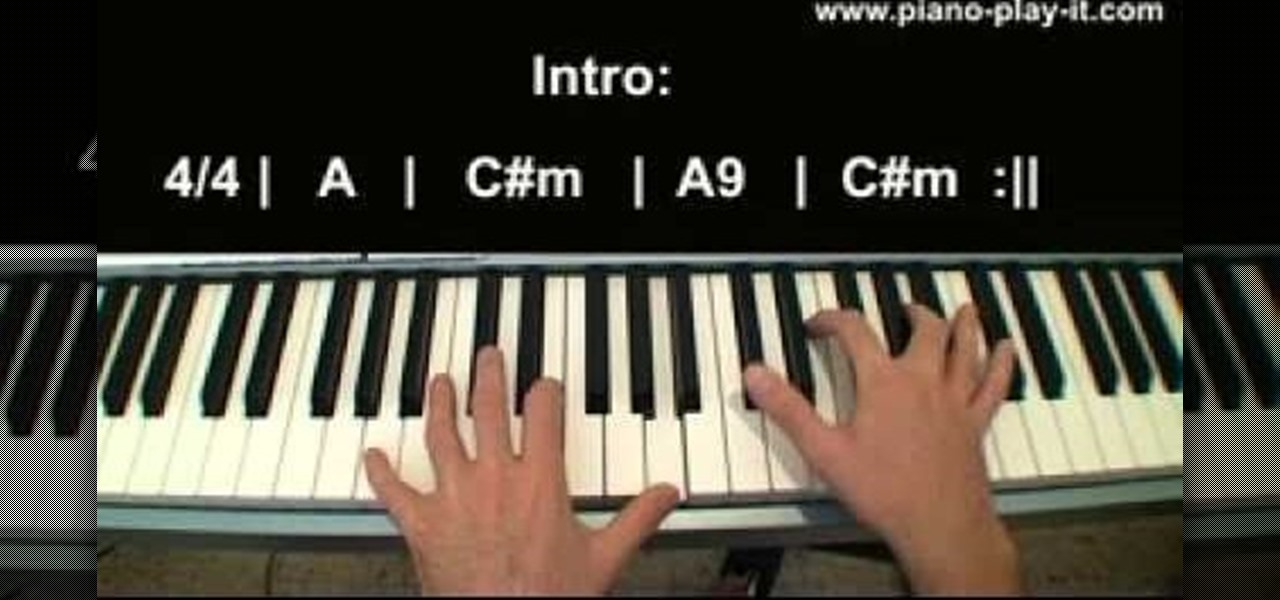
How To: Play "My Immortal" by Evanescence on the piano
In this keyboard tutorial, you'll learn how to play Evanescence's "My Immortal" on the piano. While this tutorial is best suited for intermediate or advanced piano players, players of all skill levels can play along. Watch this tutorial to get started playing "My Immortal"!
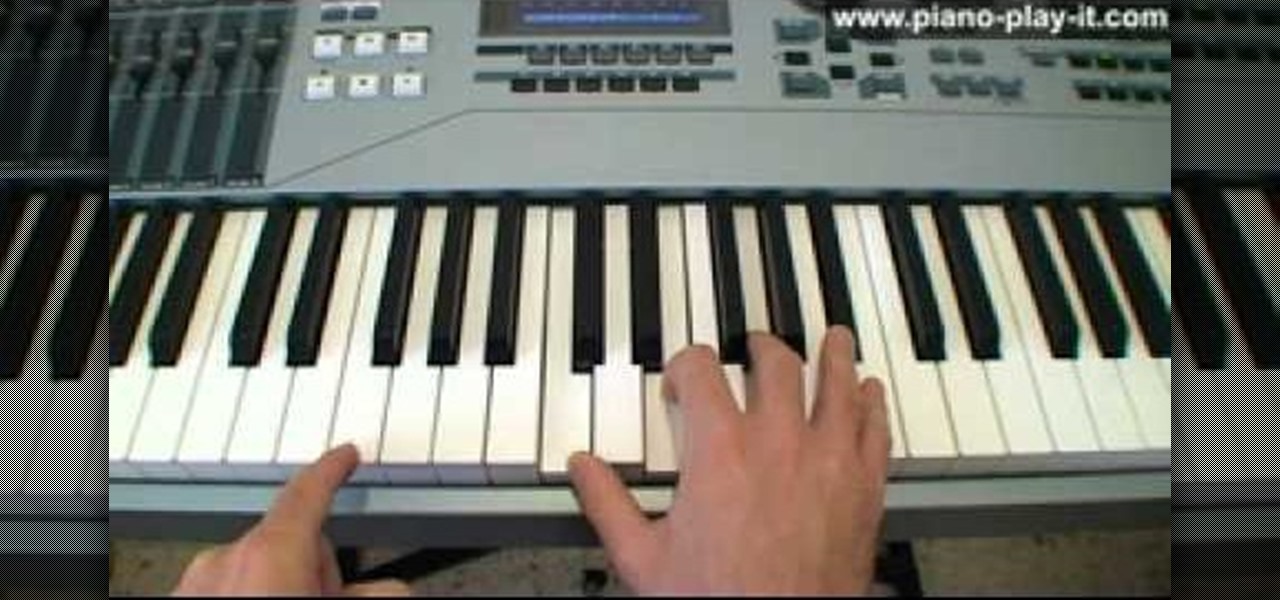
How To: Play blues chords with sevenths on the piano
Interested in playing the blues on a piano or other keyboard instrument? Let this free video music lesson be your guide. While this tutorial is best suited for intermediate or advanced piano players, players of all skill levels can play along. Watch this tutorial to get started playing blues notes with sevenths and to learn about basic chord inversions!

How To: Play "Imagine" by John Lennon on piano or keyboard
Interested in playing John Lennon's "Imagine" on a piano or other keyboard instrument? Let this free video music lesson be your guide. While this tutorial is best suited for intermediate or advanced piano players, players of all skill levels can play along. Watch this tutorial to get started playing "Imagine"!
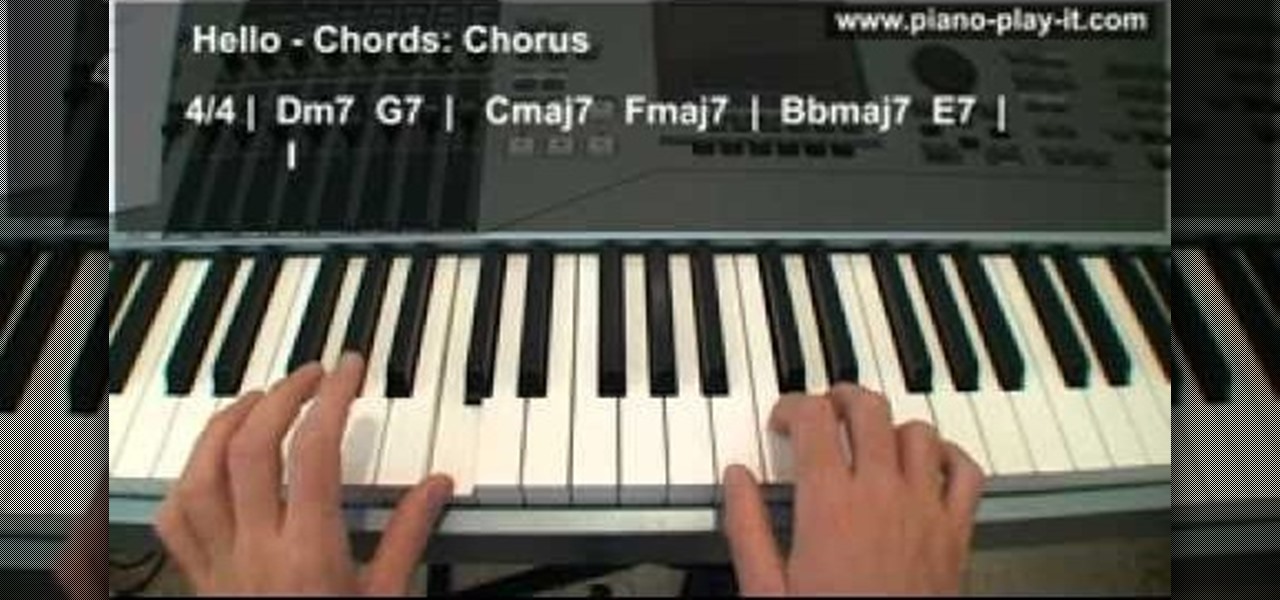
How To: Play "Hello" by Lionel Richie on the piano or keyboard
Interested in playing Lionel Richie's "Hello" on a piano or other keyboard instrument? Let this free video music lesson be your guide. While this tutorial is best suited for intermediate or advanced piano players, players of all skill levels can play along. Watch this tutorial to get started playing "Hello"!
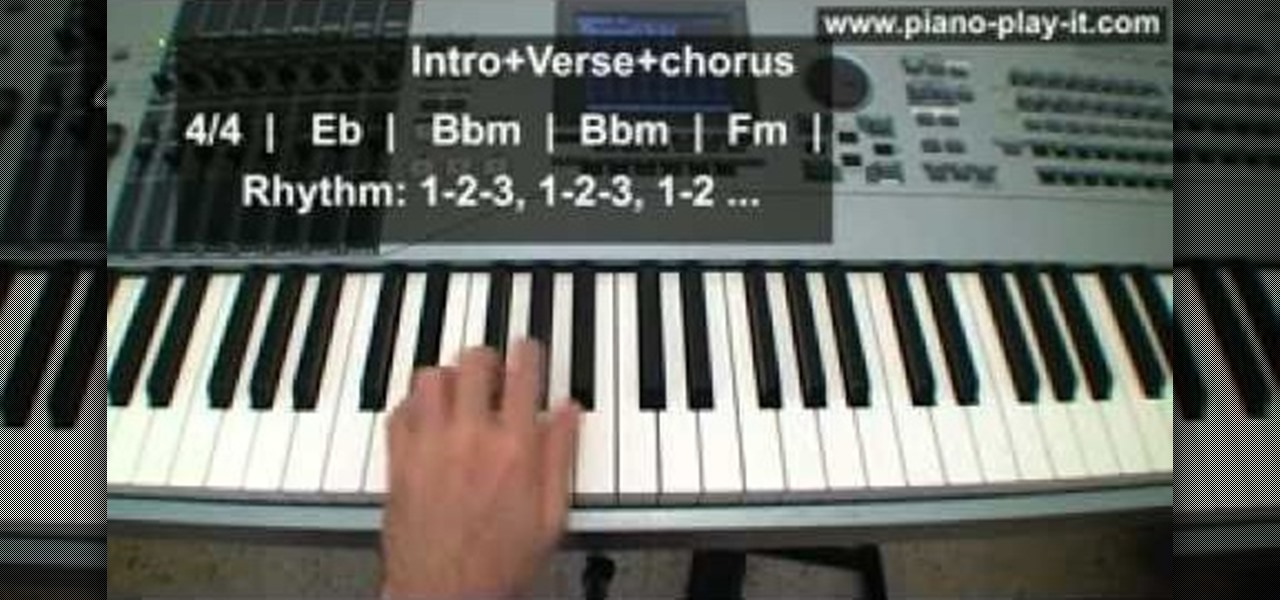
How To: Play "Clocks" by Coldplay on the piano or keyboard
Interested in playing Coldplay's "Clocks" on a piano or other keyboard instrument? Let this free video music lesson be your guide. While this tutorial is best suited for intermediate or advanced piano players, players of all skill levels can play along. Watch this tutorial to get started playing "Clocks"!

How To: Play "Dynamite" by Taio Cruz on the piano
Interested in playing Taio Cruz's "Dynamite" on a piano or other keyboard instrument? Let this free video music lesson be your guide. While this tutorial is best suited for intermediate or advanced piano players, players of all skill levels can play along. Watch this tutorial to get started playing "Dynamite"!
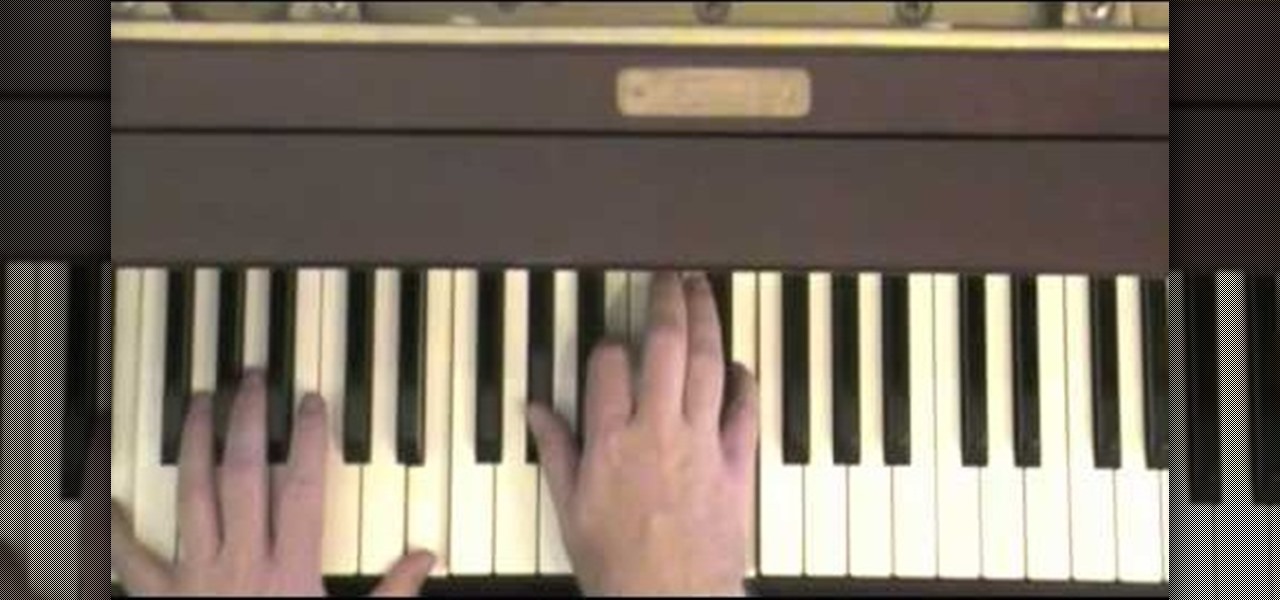
How To: Play "Candle in the Wind" by Elton John on the piano
Interested in playing Sir Elton John's "Candle in the Wind" on a piano or other keyboard instrument? Let this free video music lesson be your guide. While this tutorial is best suited for intermediate or advanced piano players, players of all skill levels can play along. Watch this tutorial to get started playing "Candle in the Wind"!

How To: Play "Oh My Love" by John Lennon on the piano
In this video tutorial, you'll learn how to play John Lennon's "Oh My Love" on piano or other keyboard instrument. While this tutorial is best suited for intermediate or advanced piano players, players of all skill levels can play along. Watch this tutorial to get started playing "Oh My Love"!
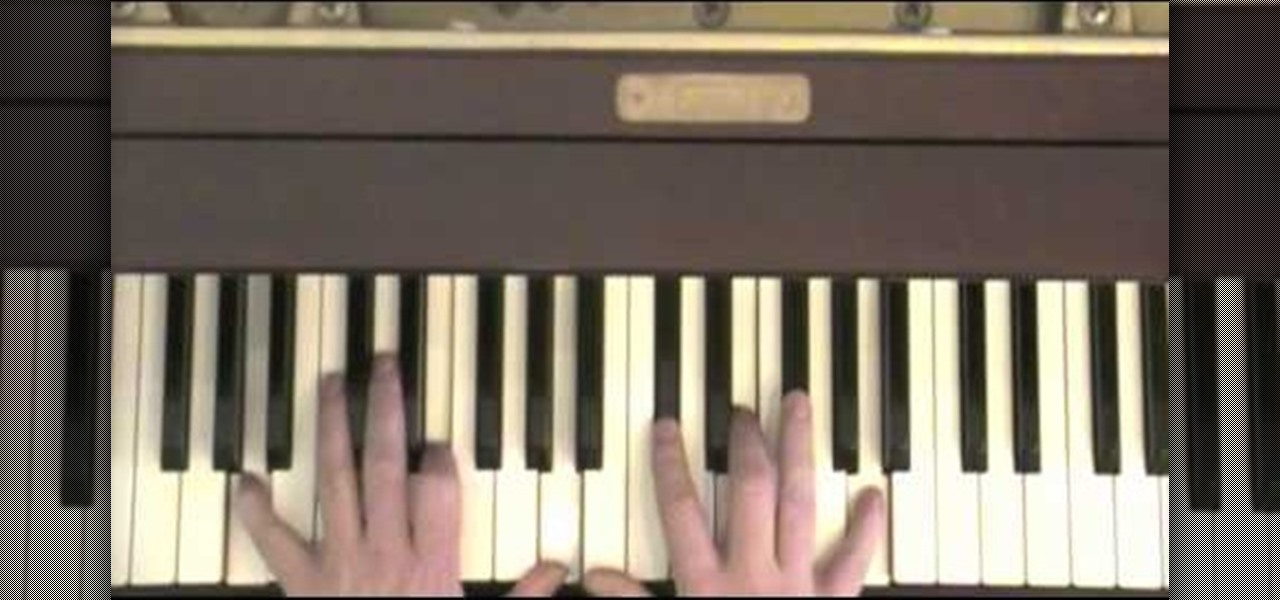
How To: Play "Hey Bulldog" by the Beatles on the piano
In this video tutorial, you'll learn how to play the Beatles' "Hey Bulldog" on the piano. While this tutorial is best suited for intermediate or advanced piano players, players of all skill levels can play along. Watch this tutorial to get started playing "Hey Bulldog"!
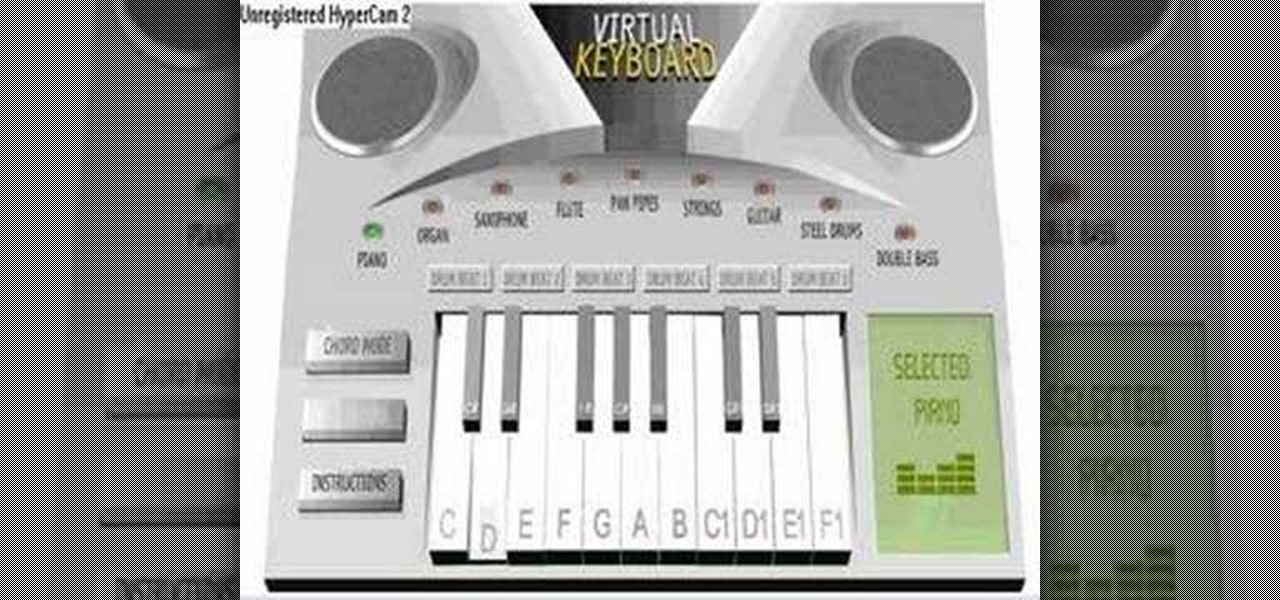
How To: Start playing piano by learning 6 easy piano songs
The piano is an intimidating instrument. 88 keys might seem like a lot to work with, but it's really less notes than a guitar. If you've been thinking about starting playing piano or keyboard and need some easy songs to get started on, watch this video to learn how to play six classic easy piano songs:
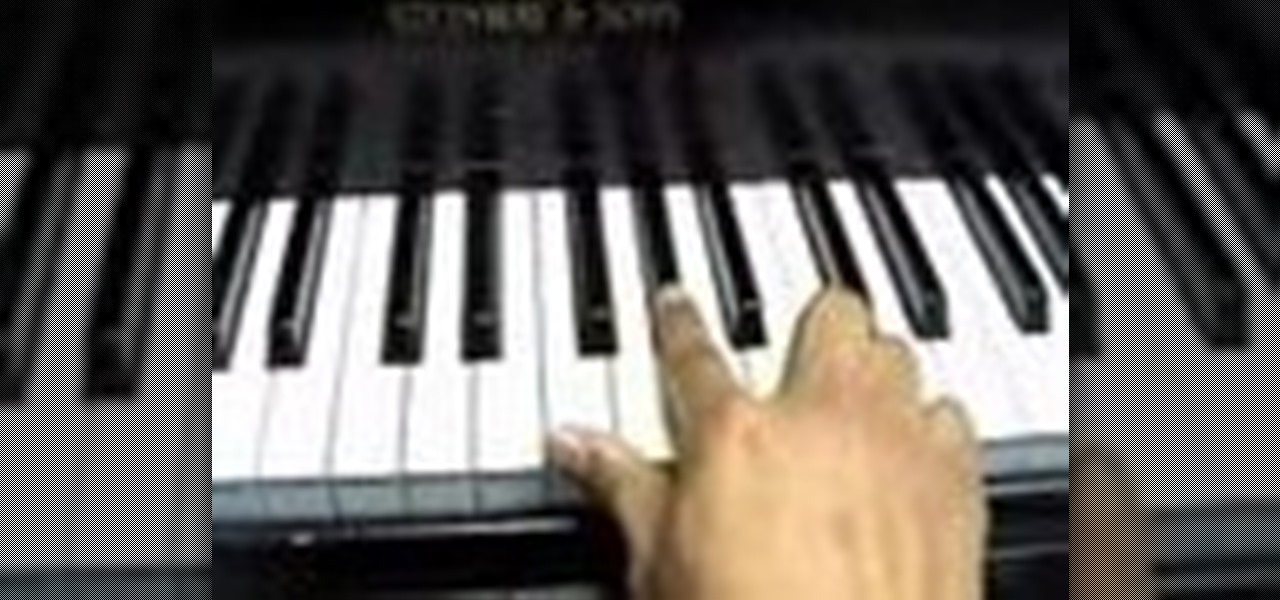
How To: Play the hip-hop classic "Still D.R.E." by Dr. Dre on piano
Come December we apparently are finally going to have a new Dr. Dre album, and he claims it will be his last. Show your respect for arguably the most important man in hip-hop by learning how to play his 1999 hit "Still D.R.E." on piano, and represent for the gangstas all across the world.
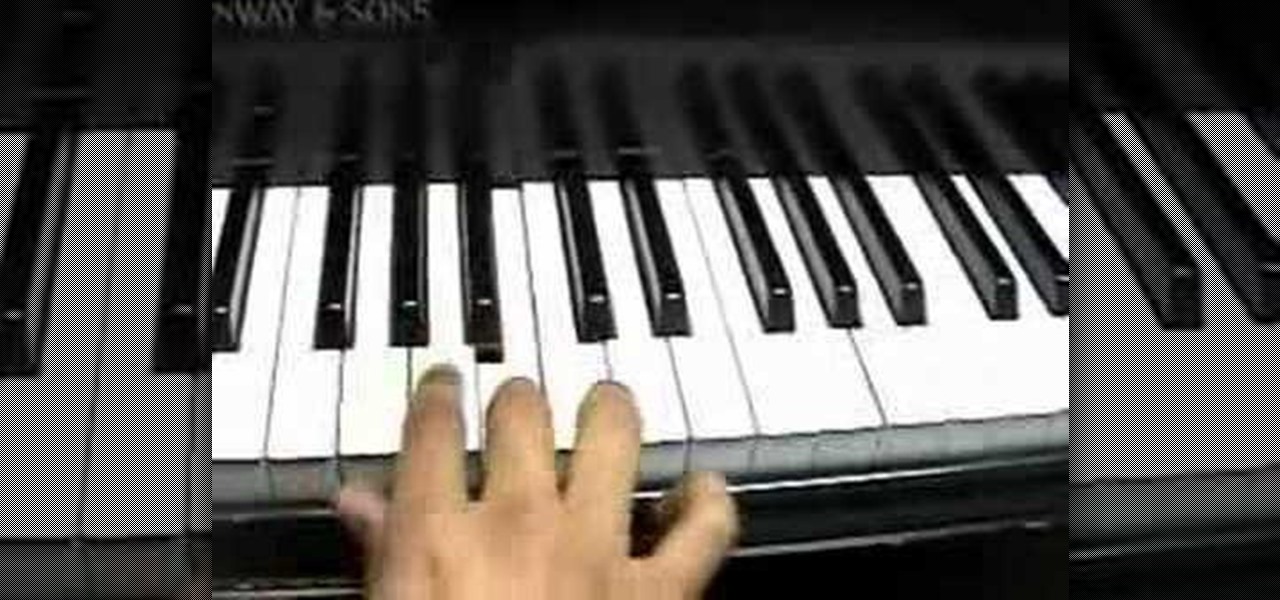
How To: Play the song "The Real Slim Shady" on piano
Eminem is finally back in the hip-hop game, like we knew he would be, and the words "Slim Shady" are on the lips of music fans everywhere again. In this video you'll learn how to play Marshall's classic song "The Real Slim Shady" on piano.
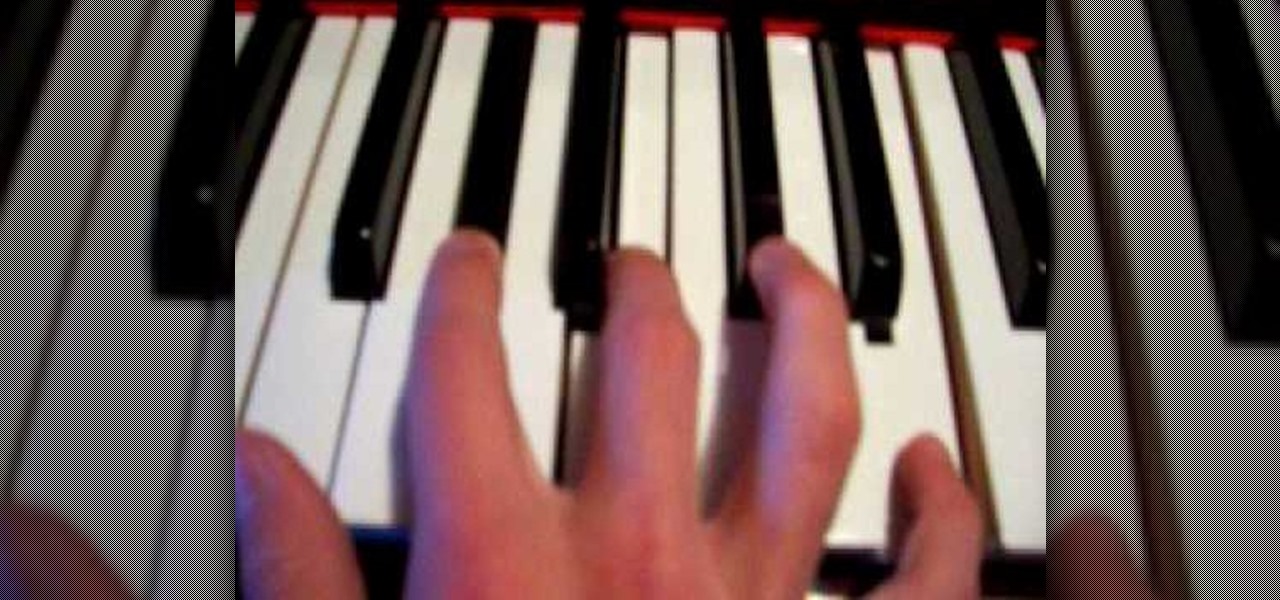
How To: Play The Simpsons theme song on piano
The Simpsons theme song has raised a generation of American children, and even though the show has long since jumped the shark the glory of it's theme song remains. In this video you'll learn how to play a really accurate piano version of the song, complete with chords and long runs at certain points.

How To: Play the Mortal Kombat theme song on piano
The Mortal Kombat theme is one of the most stirring pieces of music ever to emerge from the games industry. Once it gets in your head, it will be there every time you work out for the rest of your life. In this video you'll learn how to play the song on piano quickly and easily.

How To: Play an easy version of the Tetris theme song "Korobeiniki" on piano
Tetris is without question the most popular single video game of all time, played on everything from keychains to the sides of skyscrapers. It's iconic song is a Russian folk song called "Korobeiniki", written in 1861, and in this video you will learn how to play an easy, beginner version of the entire song on piano.
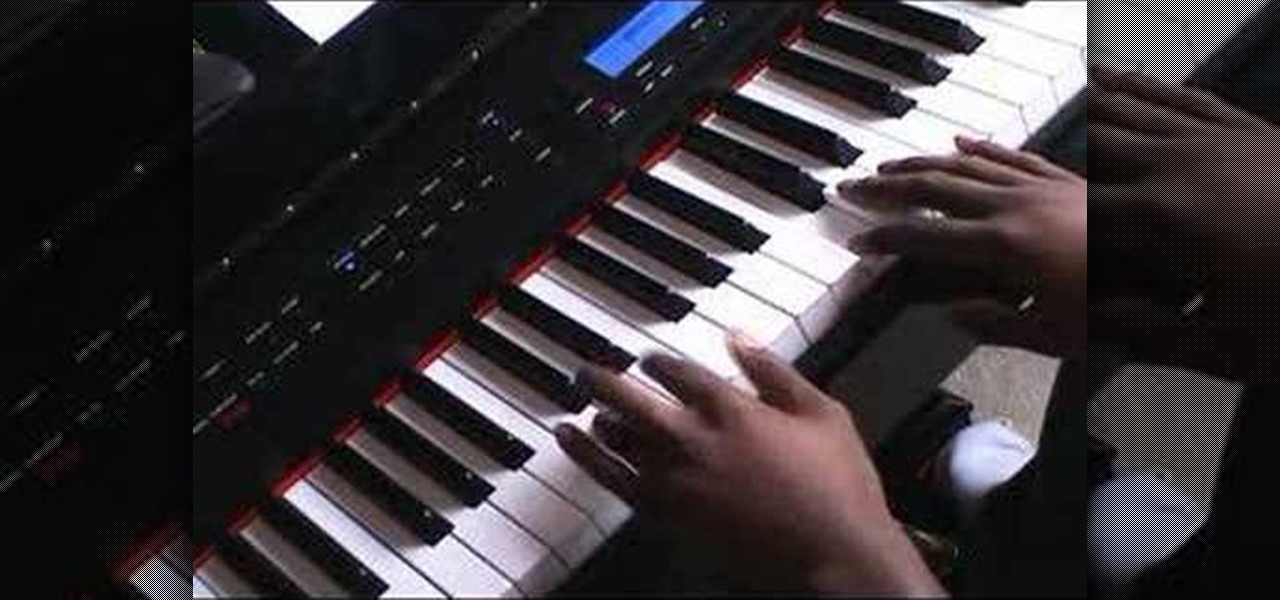
How To: Play the song "Superman" by Five For Fighting on piano
Five For Fighting might be a little past their prime as a band, but "Superman" is still an amazing song to play on the piano. If you've got some piano chops and want to learn it, watch this video to learn the whole song easily.

How To: Play Canon by Pachelbel in C on piano
German composer Johan Pachelbel is known as the king of the Southern German organists, and his Canon in D is his most famous work. This video will teach you how to play this classic piece on piano in C. Not the original key or instrument, but it sounds great.
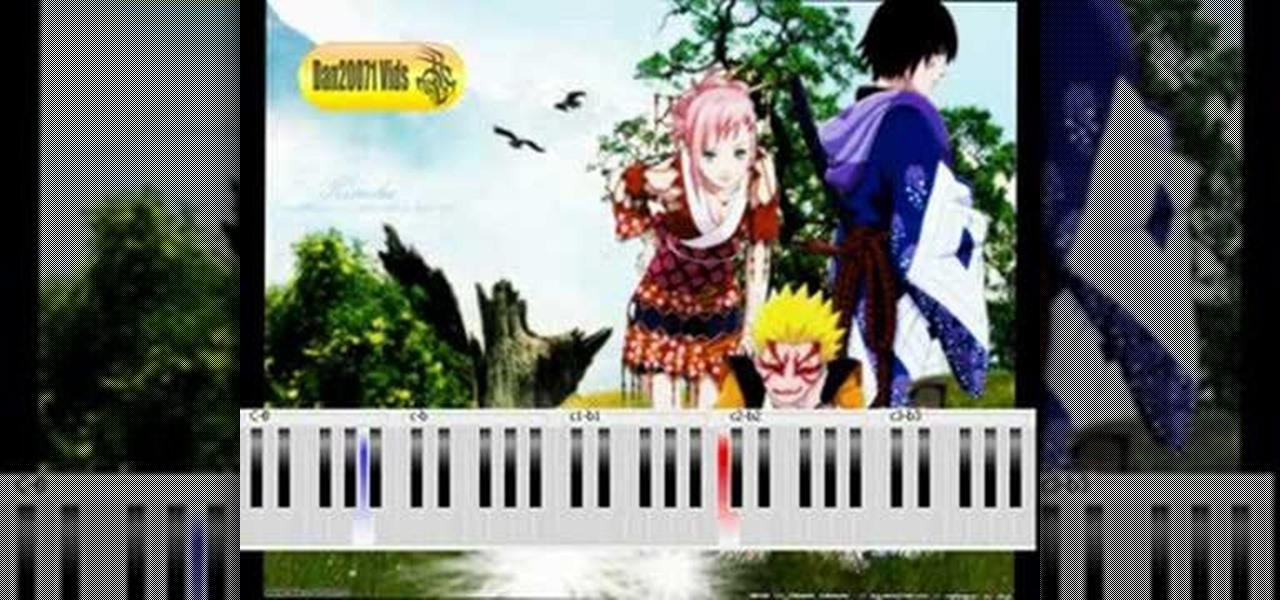
How To: Play "Nagareboshi" from the Naruto Shippuden OST on piano
Naruto Shippuden might be the most popular anime in the world right now (although Bleach might argue) and it's high production values are reflected in it's great music. This video will teach you how to play the song "Nagareboshi" from OST to the show on piano.
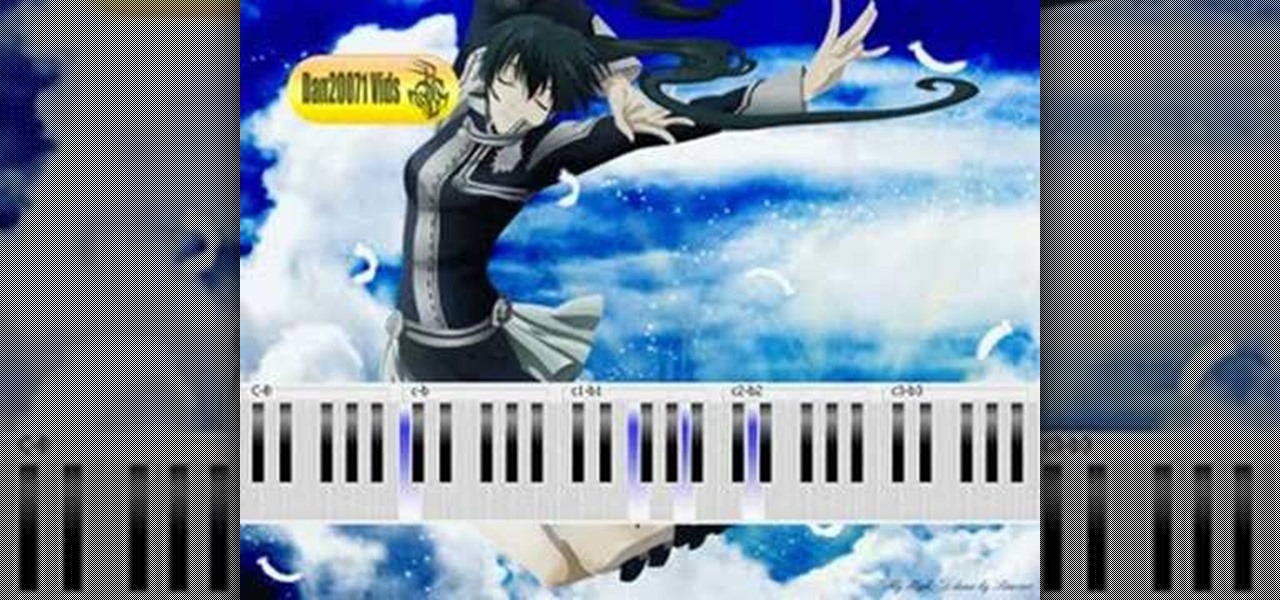
How To: Play the song "Musician" from the anime series D.Gray-Man on piano
D.Gray-Man is still going in manga from, although unfortunately the anime show is done. It did leave us with this amazing song though, called "Musician". Watch this video to learn how to play it perfectly on piano and show you love for Allen Walker properly.

How To: Play the song "Tsuna Kakusei" from Kateikyoushi Hitman Reborn on piano
Kateikyoushi Hitman Reborn is a popular Japanese anime series that has yet to hit US televisions but is already insanely popular from being available on Crunchyroll. IN this video you'll learn how to play one of the series many beautiful songs "Tsuna Kakusei" on piano. It should get your psyched up for your next session of mob boss training.
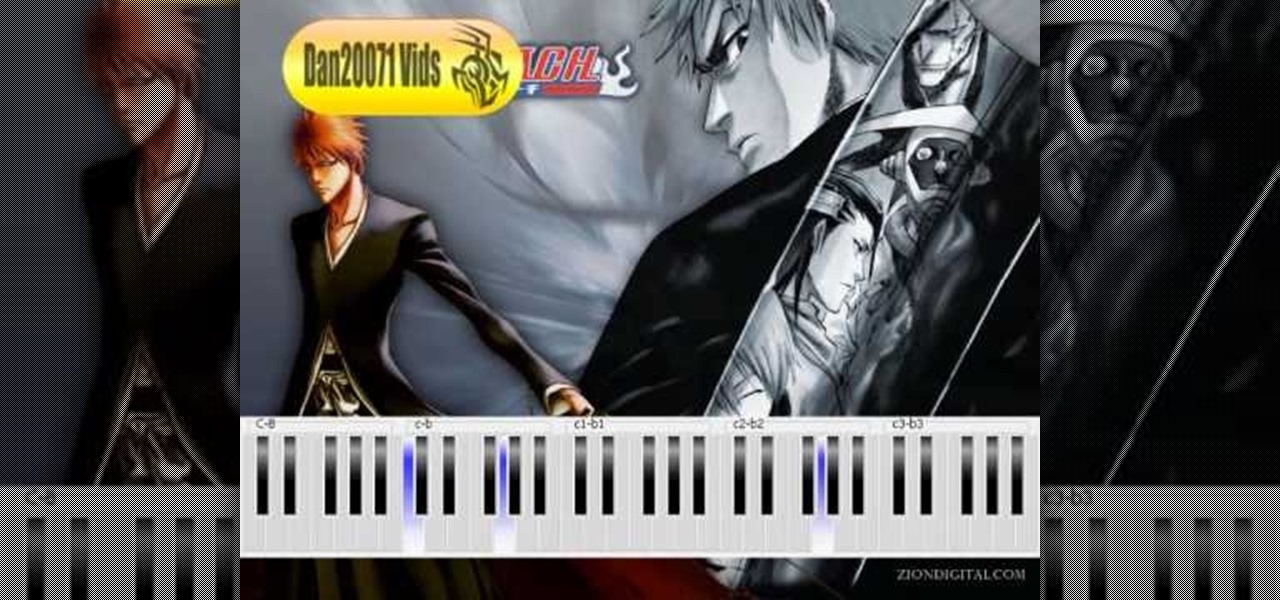
How To: Play the song "Asterisk" from the Bleach OST on piano
Bleach, like many other popular anime series, features some really stirring piano compositions in very parts of it's story. In this video you'll learn how to play the melancholy but hopeful song "Asterisk" from the Bleach OST on piano. You may not be able to slay the spirits of the dead, but you can learn to play this.
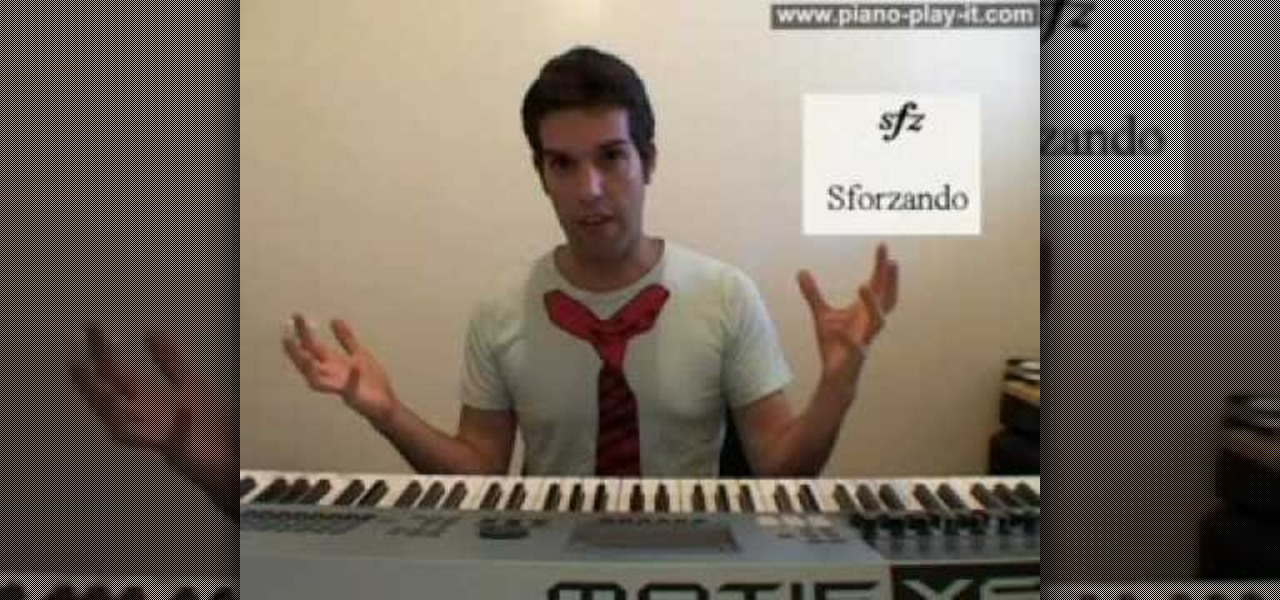
How To: Understand crescendo, diminuendo & other tempo changes on the piano
In this video, we learn how to understand crescendo, diminuendo & other tempo changes. When you are playing piano, you are supposed to play the note until a dynamic change is shown on the music. A sforzando means that you must suddenly play very loudly. This occurs most in a surprise symphony. A crescendo is when you change the volume gradually. As the lines grow on the symbol you will increase the volume or decrease it if it's from larger to smaller. When you play dimiuendo you must not slow...

How To: Use allegro, moderato, andante, adagio, ferma tempos in music
In this video, we learn how to use tempo: Allegro, Moderato, Andante, Adagio, Ferma. When you are playing a musical piece it has to have certain notes and speed. You will also be setting a mood with your song as well. Use tempo marks to mark these on your song to make it unique. Learn how to read these mark when you are looking at music on a sheet of notes. Make sure to practice your music to make sure you are playing it at the right speed and taking pauses where appropriate. This will help y...
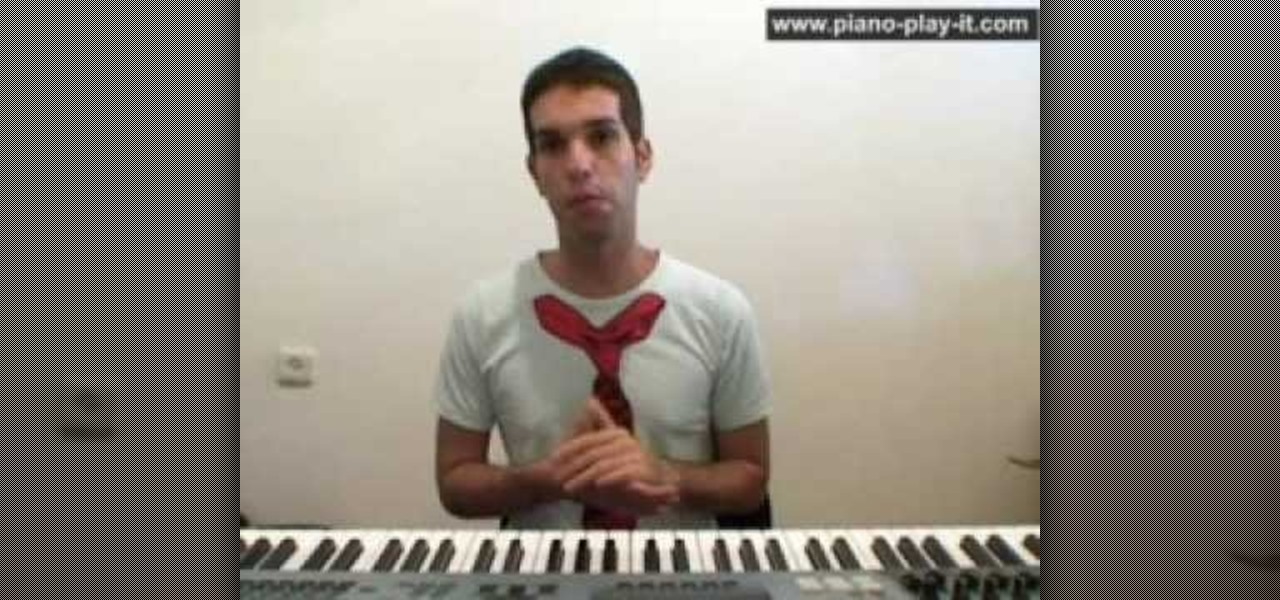
How To: Comprehend quarter, half, and whole music rests
In this tutorial, we learn how to understand music rests (Quarter, half, & whole rests). Rests are signs of silence while you are playing a song. Silence is a very important element in creating music, giving the audience time to reflect on the notes that they just heard. The whole note lasts for four beats and has two half notes. Every half note has a quarter not and every quarter note lasts one beat. The quarter rest means you will count one beat where you will lift your finger from the key ...
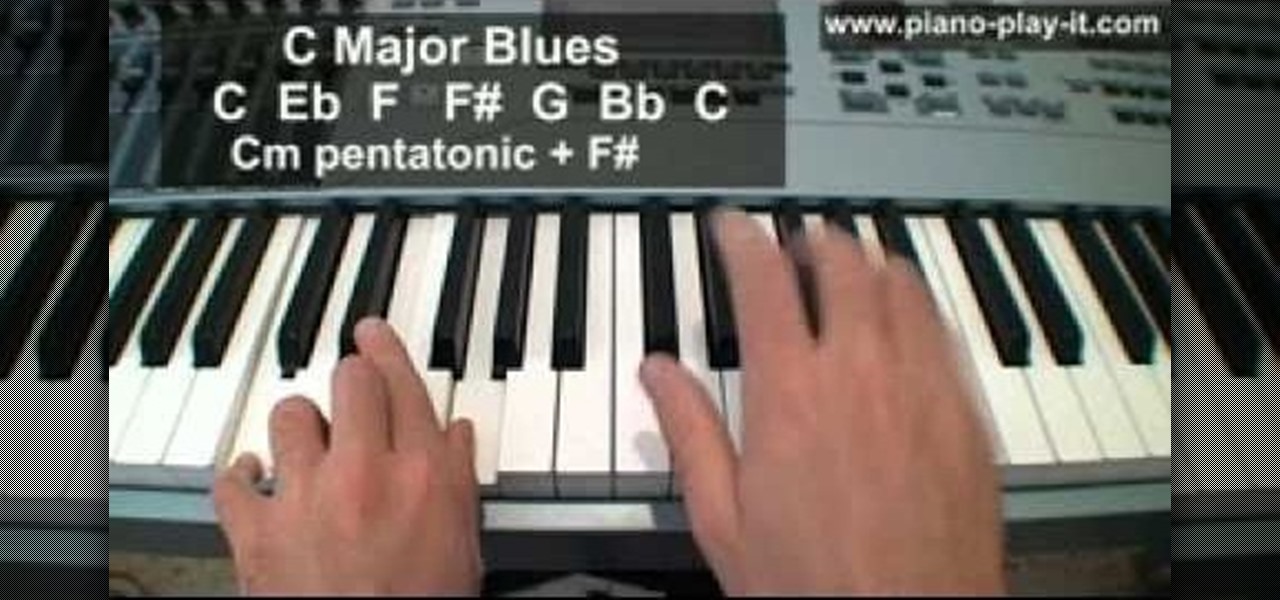
How To: Play the Blues scale and other licks in the right hand on the Piano
As a musician, whether it be Piano, Guitar, Bass, vocals, what have you, learning the Blues is incredibly important to not only being a better musician, but also to passing on the heritage of American music in general and keeping it alive! In this fantastic lesson you learn how to play the Blues scale, licks and some right hand technique to get you started!
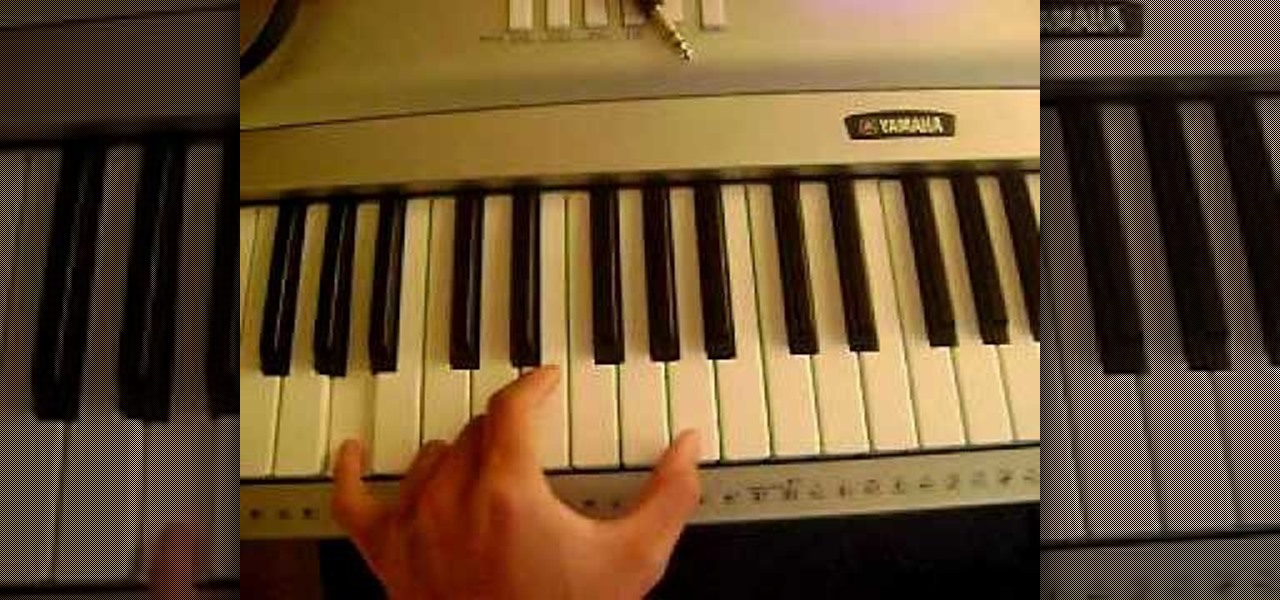
How To: Play the Demi Lovato song "Catch Me" on piano
Demi Lovato has had a pretty interesting career for one so young. She's already been on Barney and Friends, in the Disney Camp Rock films, and has released two solo albums. This video will teach you how to play her song "Catch Me" on piano. If you want to see the notes written out, click here.
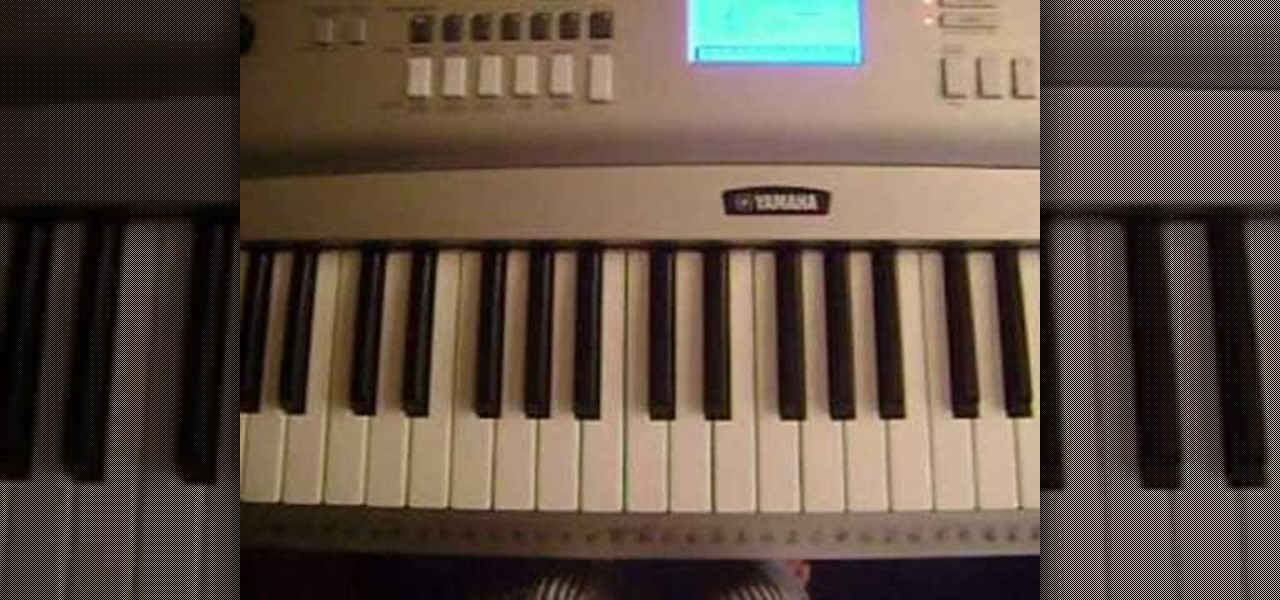
How To: Play an instrumental cover of Justin Bieber's "Never Say Never" on piano
If you love Justin Bieber and want to be able to replicate his songs in more polite company than the recorded versions merit, check out this video! It will show you how to play a fun, easy instrumental cover of the song on piano. Now you can finally play Justin Bieber for your parents and not have them run from the room screaming!
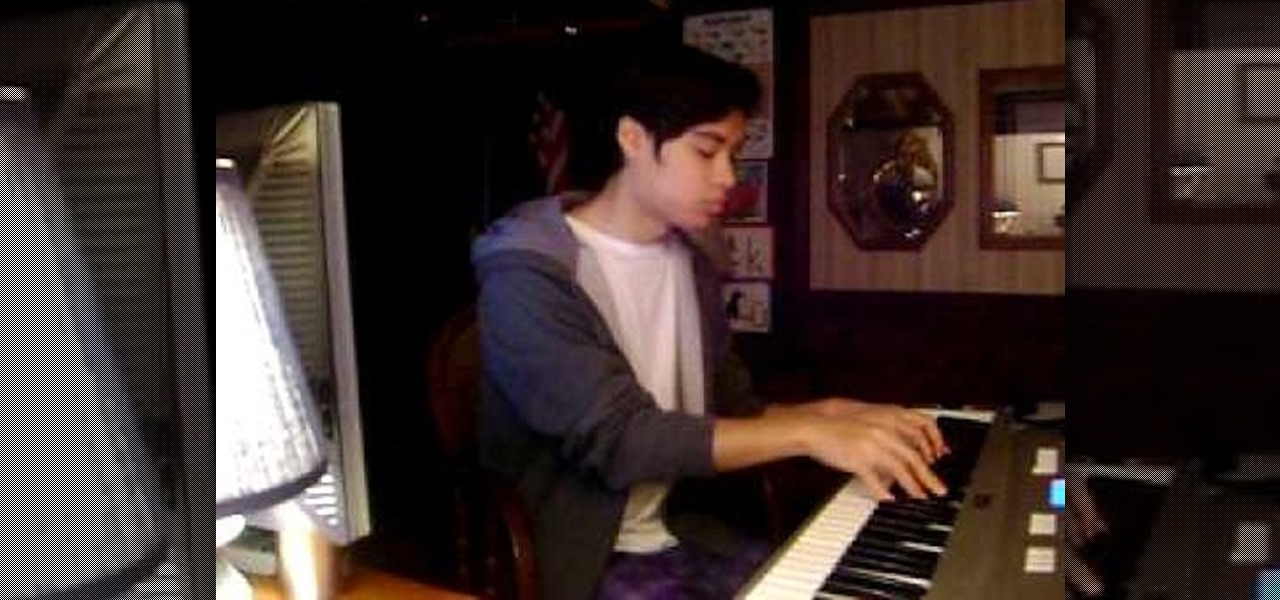
How To: Play a piano instrumental cover of Justin Bieber's "Stuck in the Moment
If you like Justin Bieber and you like to play piano, oh boy do we have a video for you. This video will teach you how to play a solo piano instrumental cover of Justin's hit song "Stuck in the Moment". It's a very pretty song and pretty easy to play, so check it out!
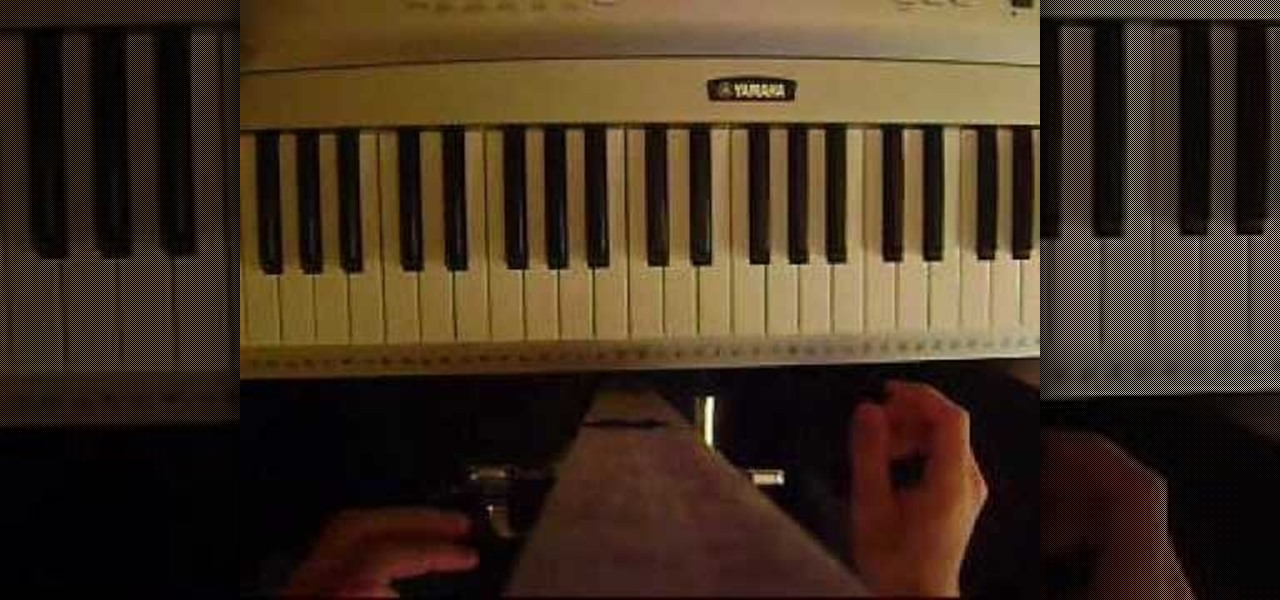
How To: Play an instrumental cover of the Jonas Brother song "Fly with Me" on piano
The Jonas Brothers may be on their way out as they grow older and Nick Jonas embarks on his solo career, but for their fans their songs will always remain. This three-part video will teach you how to play a cool instrumental version of their song "Fly with Me" on piano, the ultimate expression of your love for the Jonas Brothers. Check out a written version of the song here.
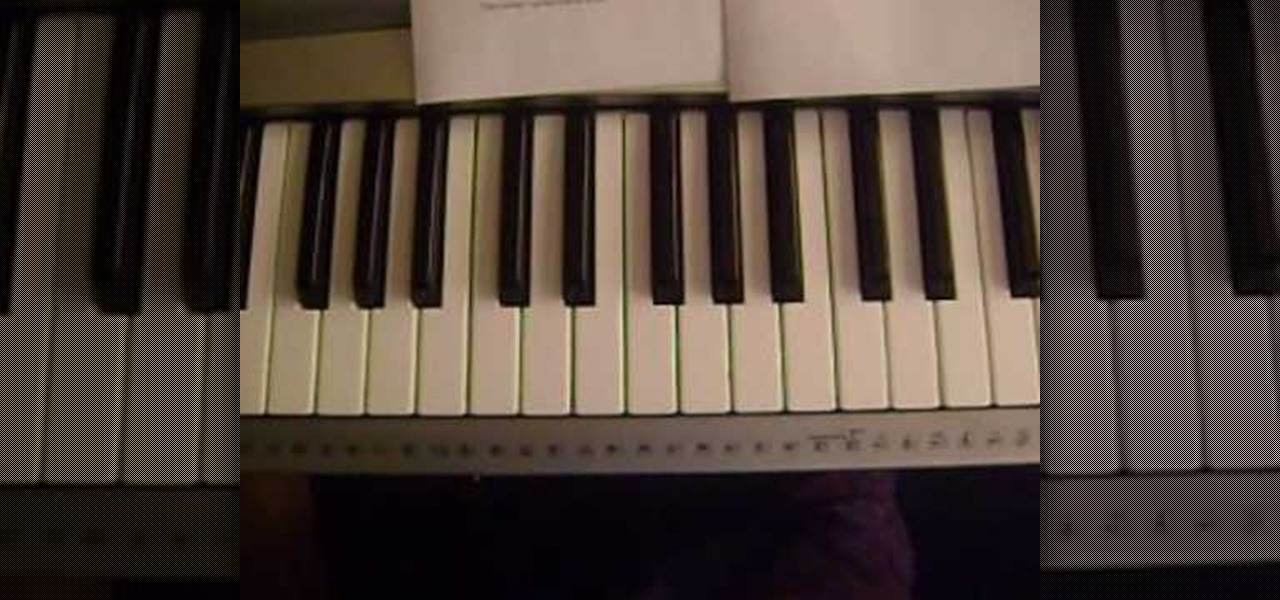
How To: Play a piano cover of the Drake song "Find Your Love"
Drake is one of the biggest rappers in the game right now, and "Find Your Love" has been one of his biggest singles. This video will teach you how to play a really pretty instrumental cover of the song on piano or keyboard. The creator even posted the notes in written form here.
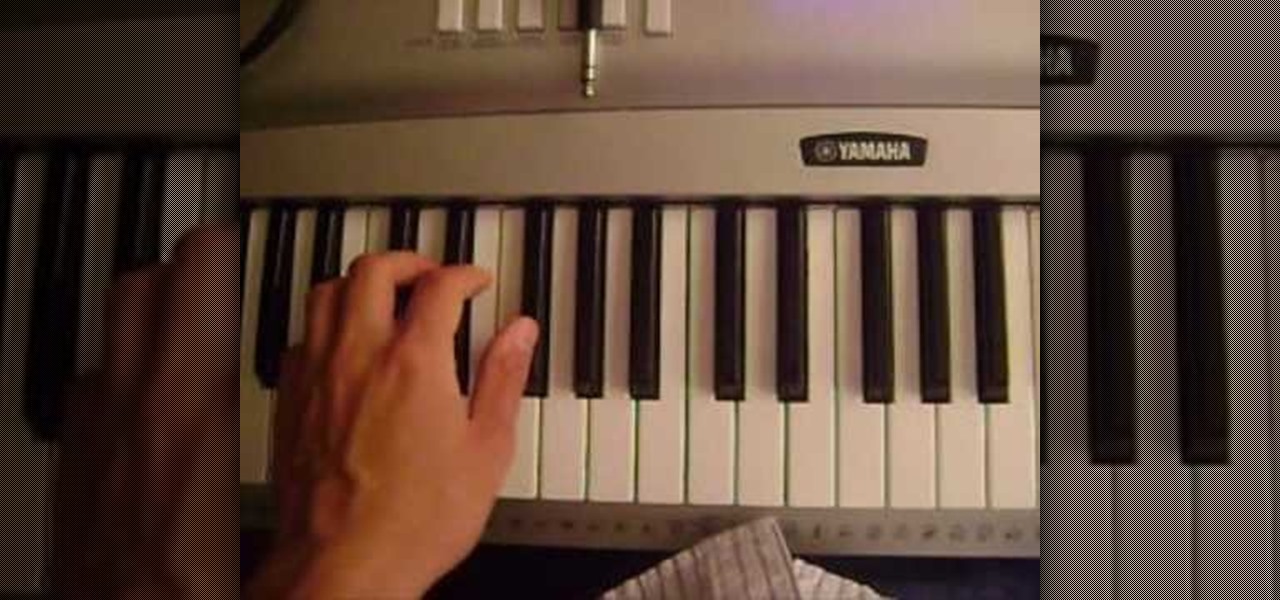
How To: Play the Jason Derulo song "Ridin' Solo" on piano
"Ridin' Solo" by Jason Derulo is a great R&B anthem for anyone who's every broken up with someone to live their life the way they had to. This video will teach you how to play the song on piano, and the creator was even nice enough to make the sheet music available for free here.
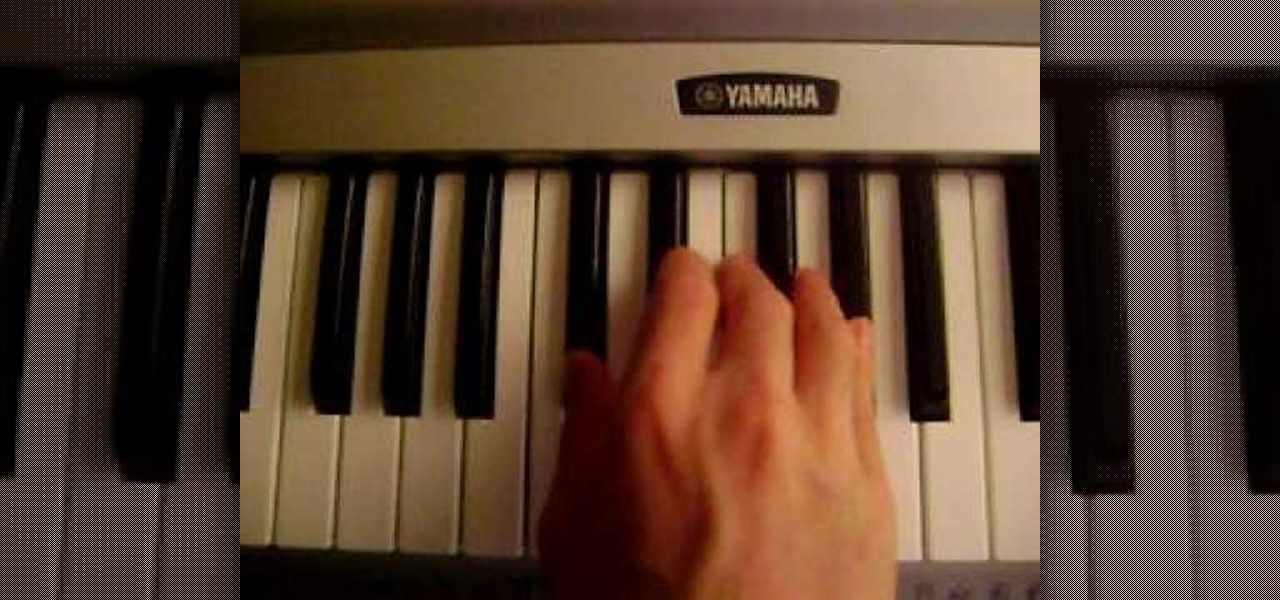
How To: Play the Justin Bieber song "U Smile" on piano
Justin Bieber appears to be here to stay, at least until his voice gets deeper, and his parade of hit songs continues unabated. This video will show you how to play one of his many huge singles, "U Smile" on the piano. You can even check out the sheet music to the song here.
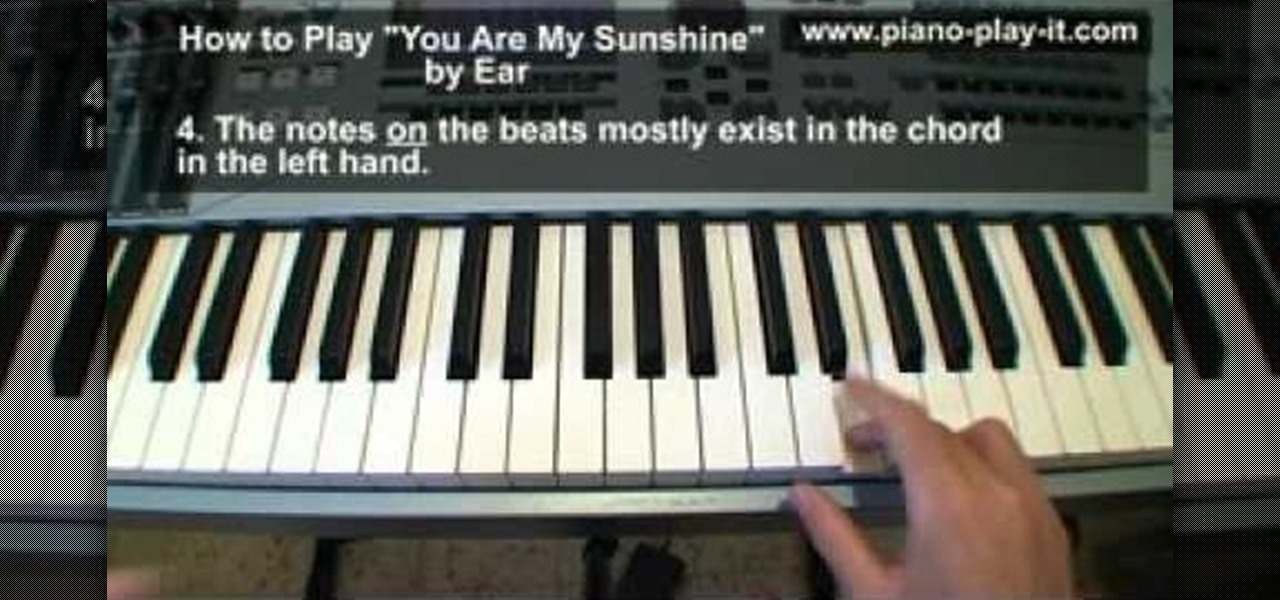
How To: Play various three chord songs by ear on the piano based off of melody
Ear training is incredibly important to any musician. Knowing to hear and identify root and chord movement and being able to analyze a chord progression quickly is so important to your career. In this video you will get a great ear training lesson on how to analyze the chord progression of a song simply by using the movement of the melody to identify the tonic and chord progression.
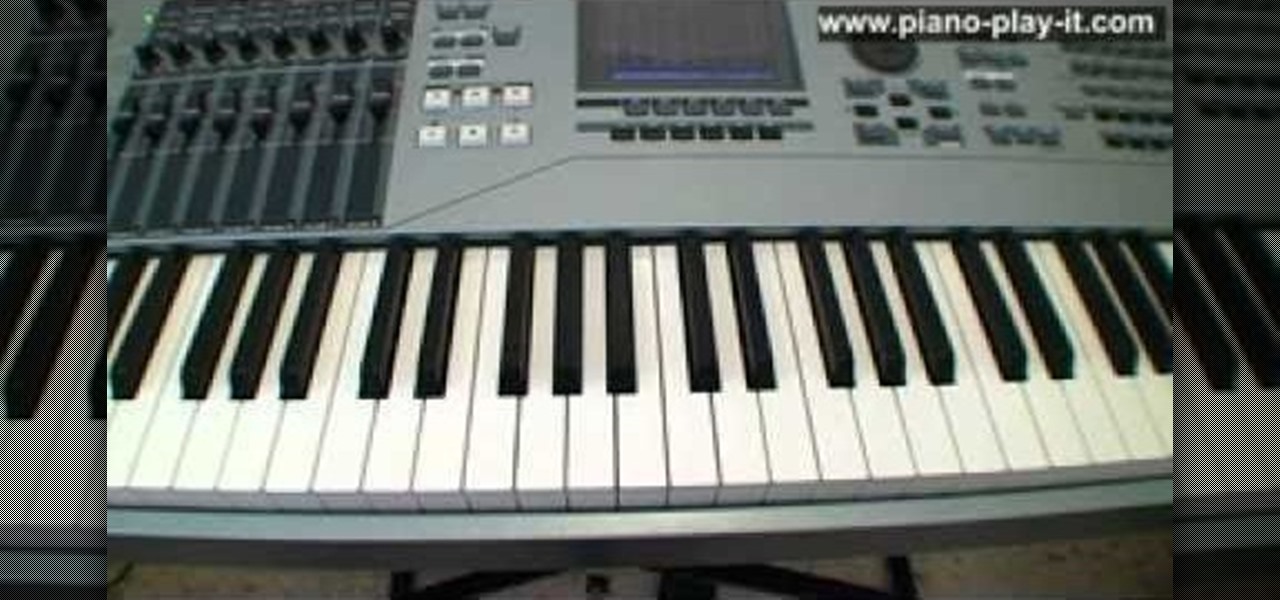
How To: Play the 12 bar blues on the piano in both major and minor tonalities
The 12 bar Blues is something that EVERY musician should know how to play. It may be "simple music" but as they say, "simple music is the hardest kind of music to play". Understanding the theory behind the 12 bar Blues is crucial to feeling measures and also gives you a chance to really make a very simple three chord phrase your own. In this video you will learn how to understand, play and feel the 12 bar Blues in it's various forms including the major, minor and dominant Blues.

How To: Read treble and bass clef lines and spaces
Now that you know what a staff is, how many lines and spaces are in a staff, and what the different clef's are, it's time to learn where the notes go in each one. It's crucial to understanding note placement and everything else that involves using the staff to learn the sayings for each space and line. For the Treble Clef spaces, it's "FACE", for Treble Clef lines it's "Every Good Boy Deserves Fudge", for Bass clef spaces it's "All Cows Eat Grass" and for the lines he uses "Green Birds Don't ...
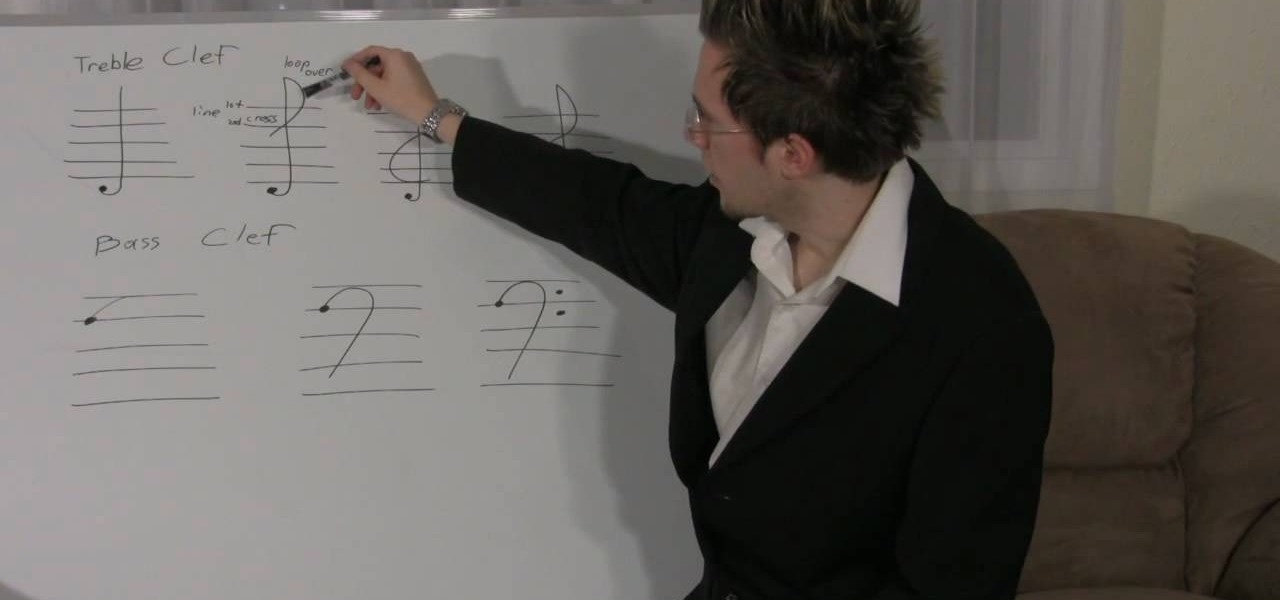
How To: Draw and use the staff, bar lines, treble and bas clef, and the grand staff
Being a musician, whether experienced or just starting out, if you don't know your basic music theory, then you're selling yourself short on a wealth of knowledge! If you're just getting started and have never learned theory, this is where you begin. In this video you will get a basic over view of the staff, bar lines and double bar lines, treble clef, bass clef and the grand staff.
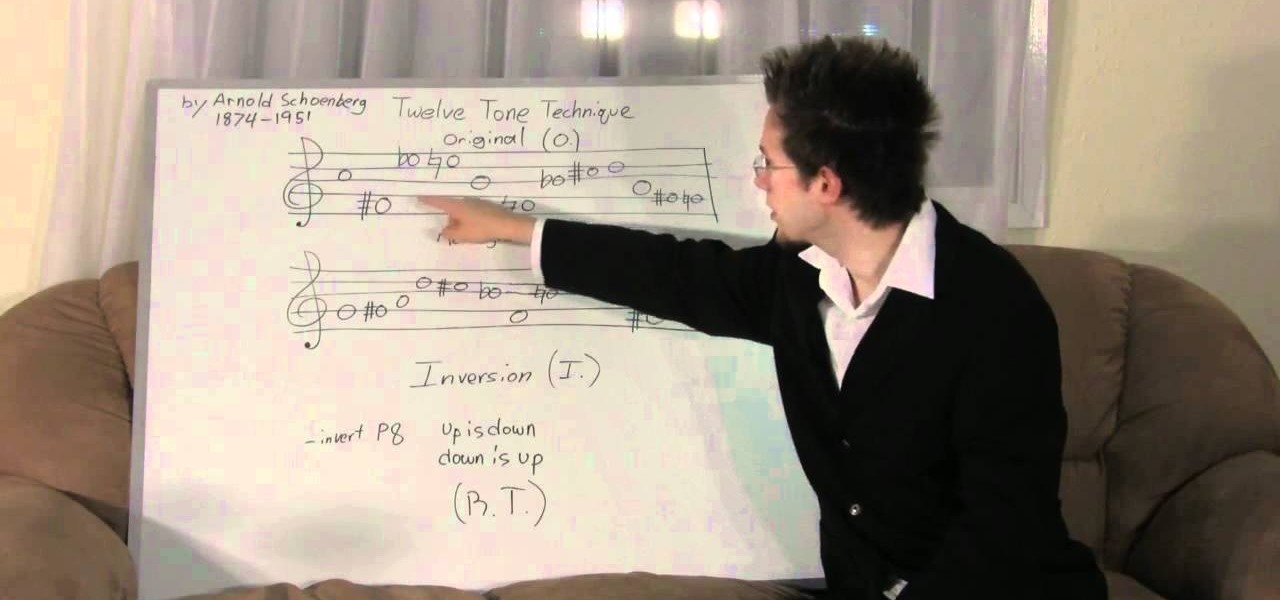
How To: Use the blues scale, twelve tone row technique, polychords, and tone clusters
Music theory, for any musician, is EXTREMELY important to know if you expect playing in any form of professional capacity. But if you can't afford to go to Berklee College of Music or Musician's Institute, then you can get almost the same education in this great video! In this video you will learn the basics of the minor Blues scale, 12 tone technique, polychords, chordal chords, and tone clusters. Truly amazing work and make sure you have a pen and piece of paper to take notes!



